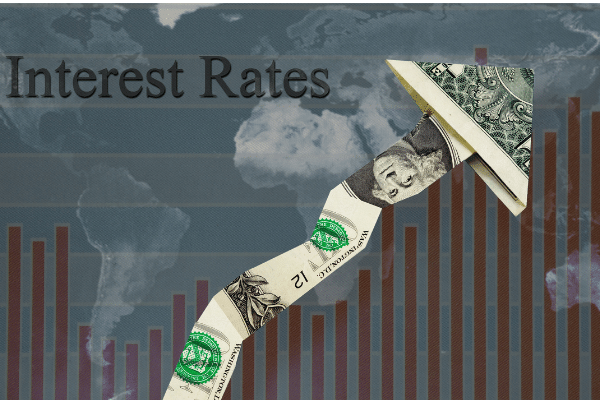
-
History provides some examples of central bank-inflated bubbles bursting and the monetary policy measures taken thereafter to rescue markets
-
There could be a multitude of reasons that could cause markets to correct, but predicting when and how is more tricky
To seasoned veterans of the market, our current epoch has a familiar feel to it – déjà vu.
Stock valuations are at their richest since Al Gore invented the internet in 1996 (he did not, but any self-respecting conspiracy theorist will attest to it) and U.S. home prices are now back to their pre-financial crisis peak.
Some of the riskiest companies in America can borrow money on the cheap and investors are pouring cash into everything from green energy to cryptocurrency.
But a sleuth doesn’t have to dig very deep to find the culprit for all the cash sloshing through the system – the U.S. Federal Reserve.
Easy monetary policy has regularly fueled financial booms, and central bank policy is easier now than ever before.
The Fed has kept interest rates near zero for the past year and signaled that rates won’t change until 2023.
Meanwhile the U.S. central bank is buying hundreds of billions of dollars’ worth of mortgage-backed securities and U.S. Treasuries.
But what happens when the music stops?
Since stock valuations are only justified if interest rates stay extremely low, what sort of repricing could occur if the Fed has to tighten monetary policy to combat inflation, or bond yields rise by over a percent?
A serious correction in asset prices that’s what.
History provides some precedent.
In the late 90s, the Fed cut rates in response to the Asian Financial Crisis and the near collapse of the hedge fund Long-Term Capital Management, a move that was seen by some as an implicit market backstop, but also helped to inflate the ensuing dotcom bubble.
Rates were cut in the aftermath of the dotcom bubble, but that provided the grounds for the inflation of the housing bubble.
Rinse and repeat.
And while it’s impossible to predict how, let alone whether this all ends, there are ways that it doesn’t have to.
Expensive stocks could eventually earn their way out of being expensive, earning the profits necessary to justify today’s valuations, especially if the U.S. economy continues to recover based on current trends.
More extreme pockets of speculation could collapse under their own weight or as profits disappoint or competition emerges.
But for assets across the board to fall would likely require some sort of apocalyptic event, such as a recession, financial crisis, inflation, or even global conflict.
The point is that we don’t know, but short of a global conflict, we can anticipate what the response in the aftermath of a debilitating crash is likely to be – the same answer that always seems to work – throw more money at the problem.



